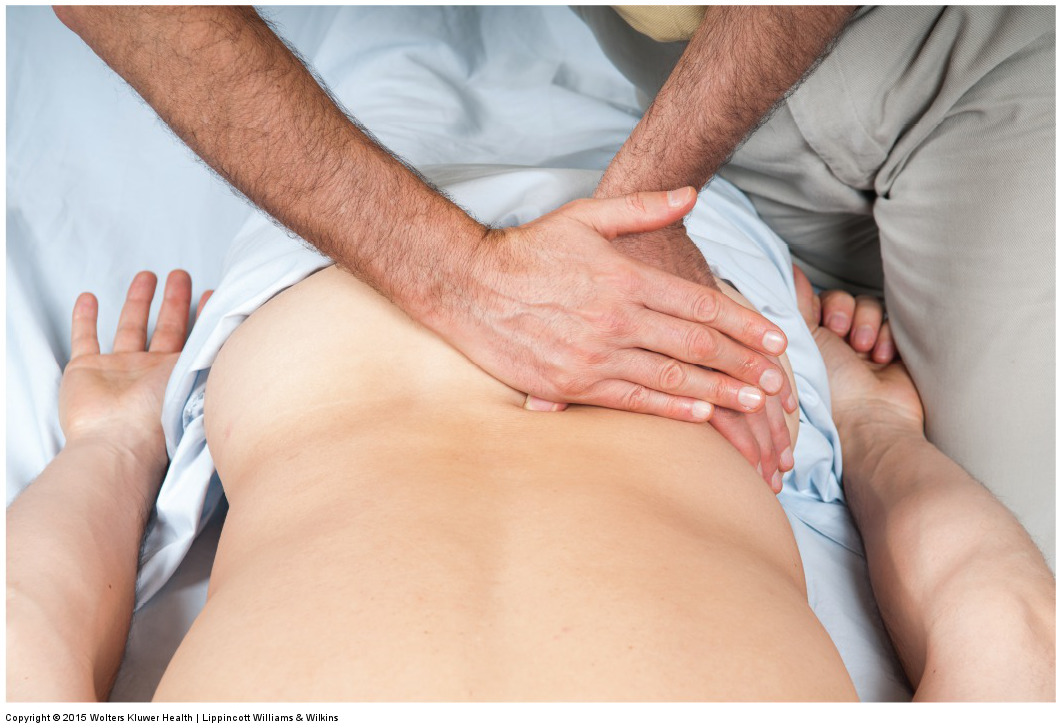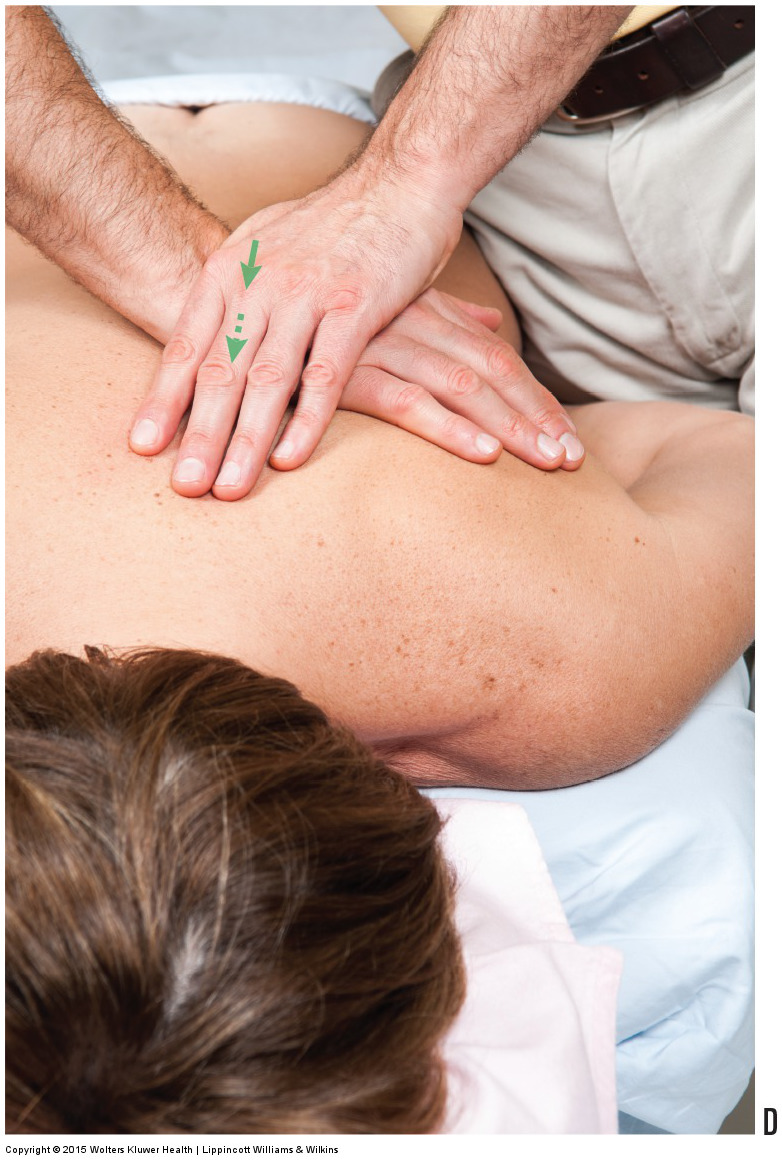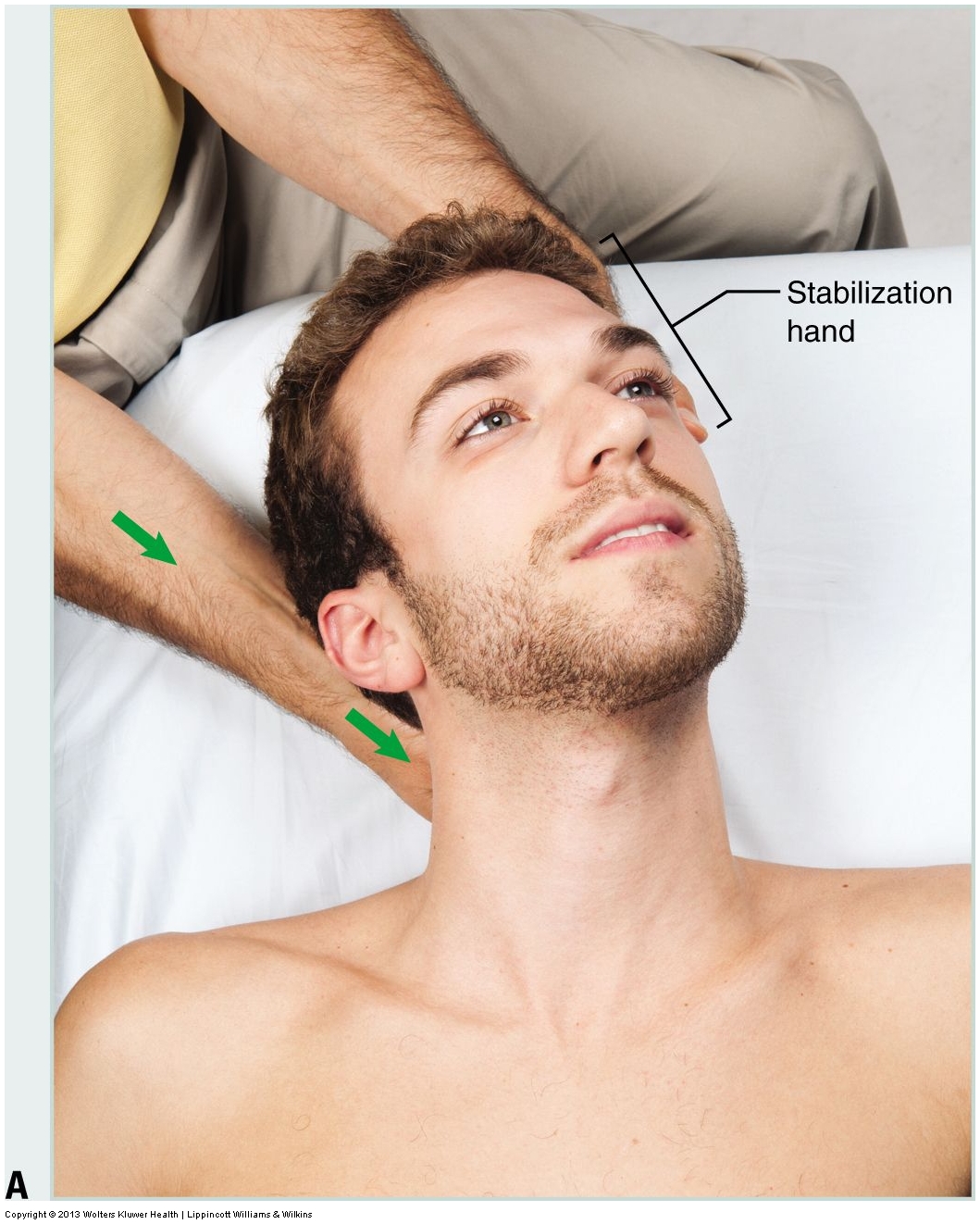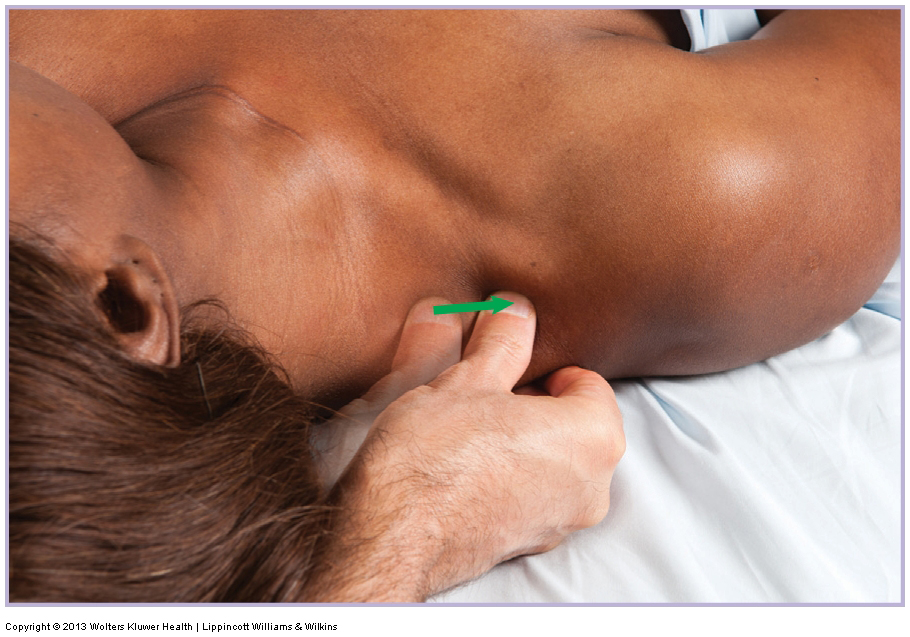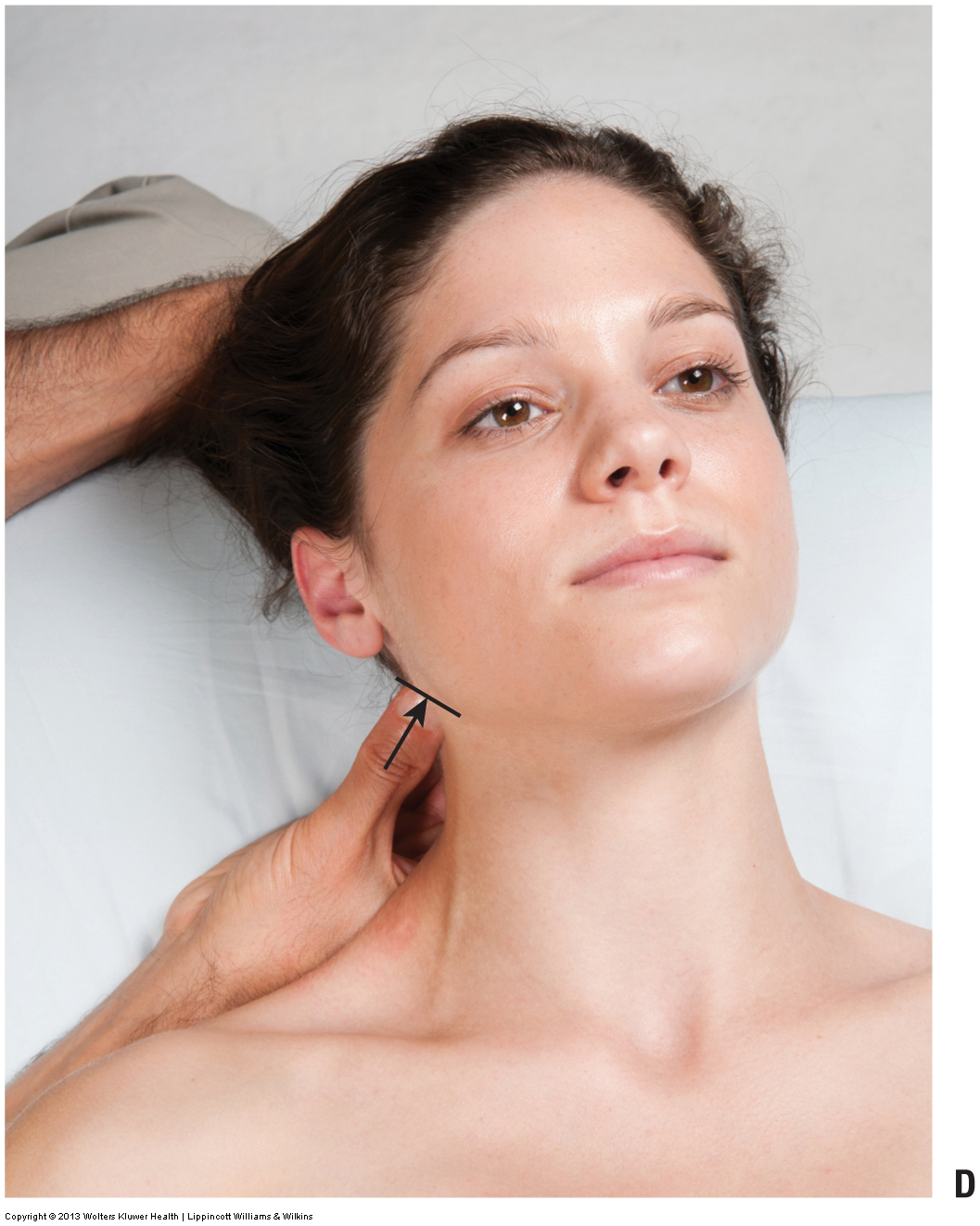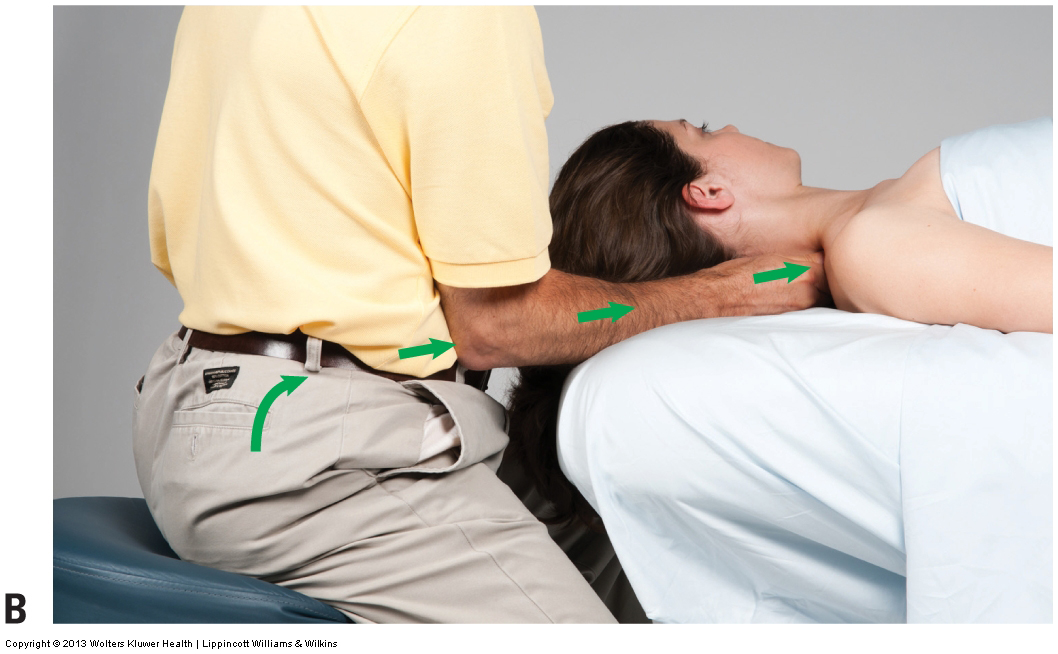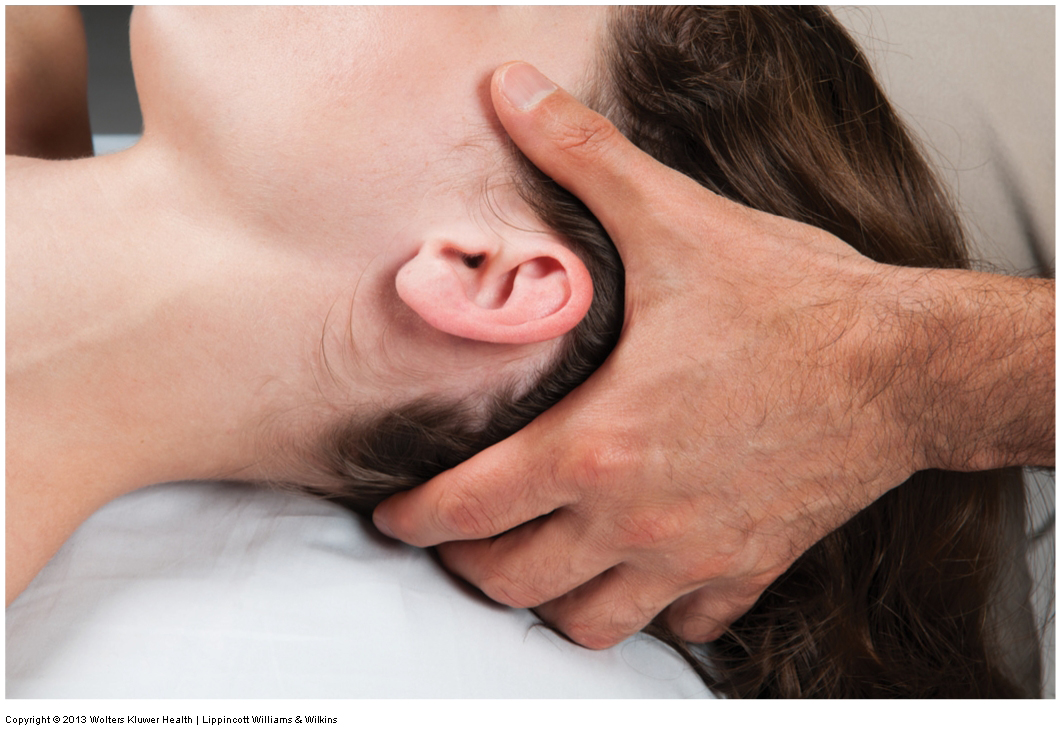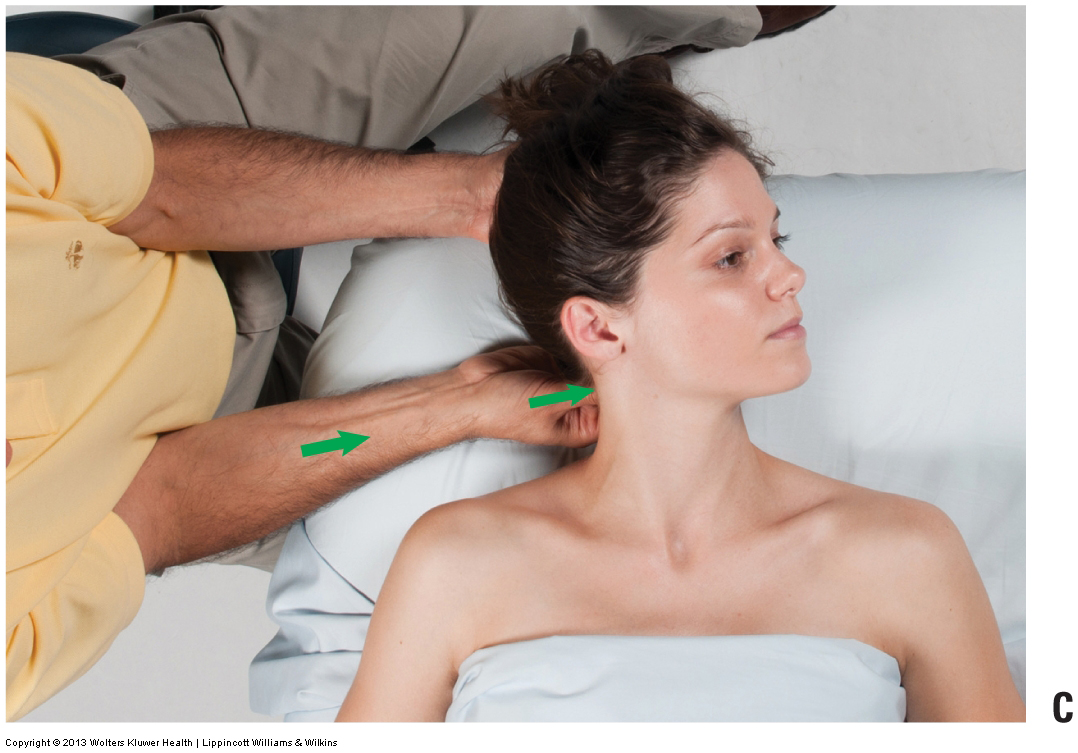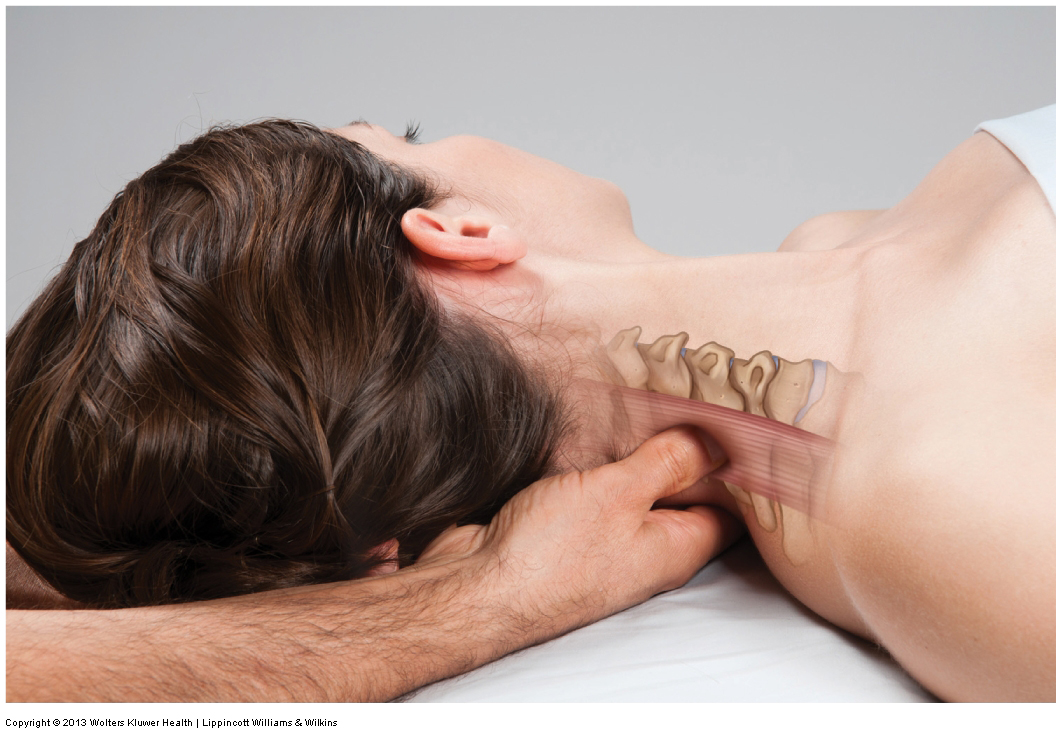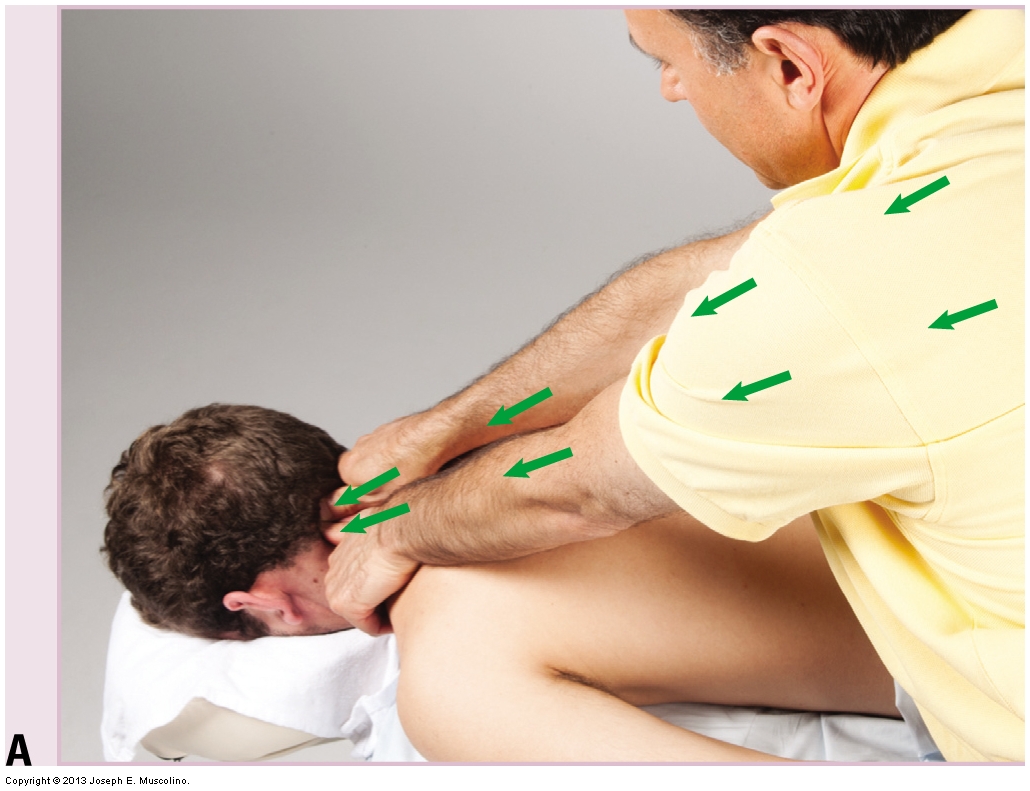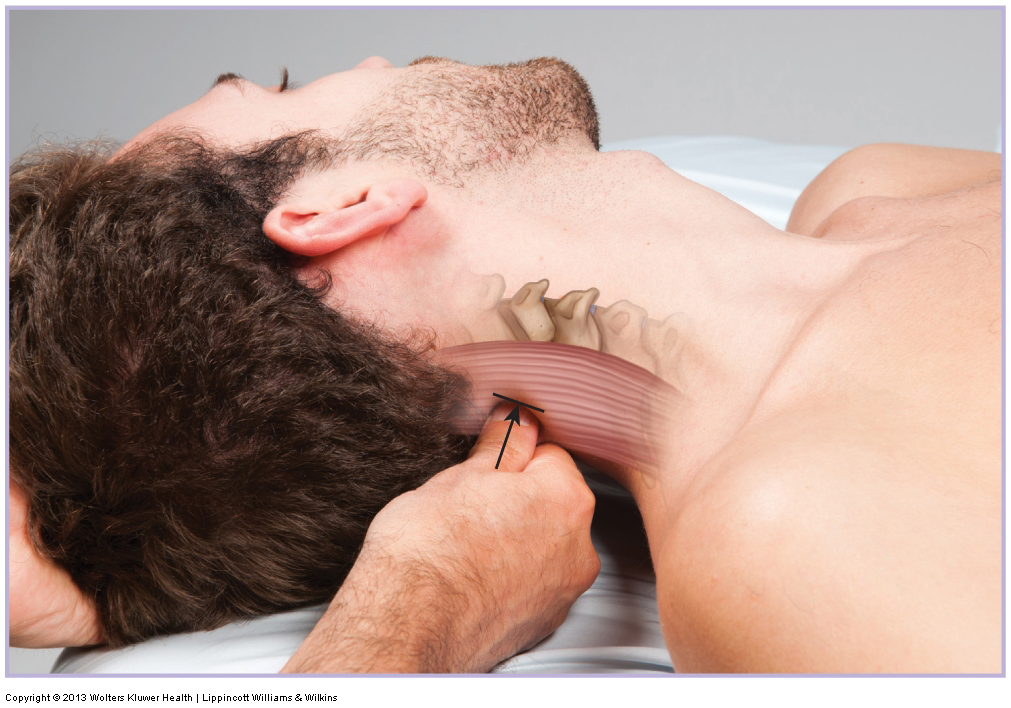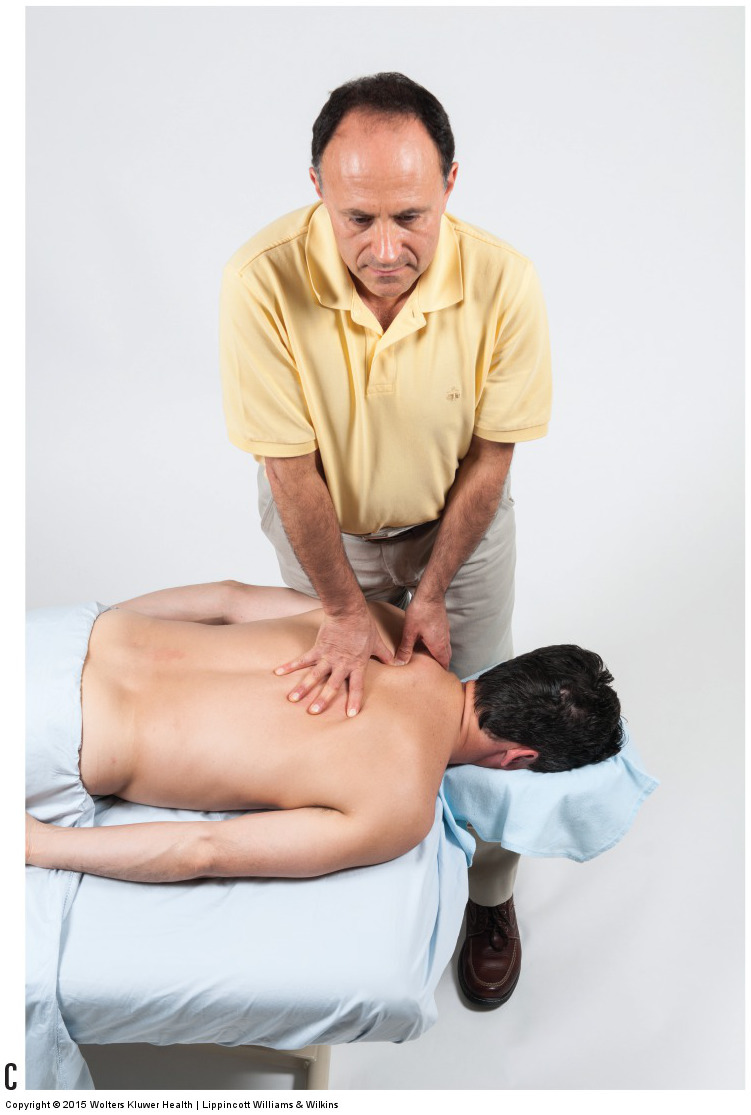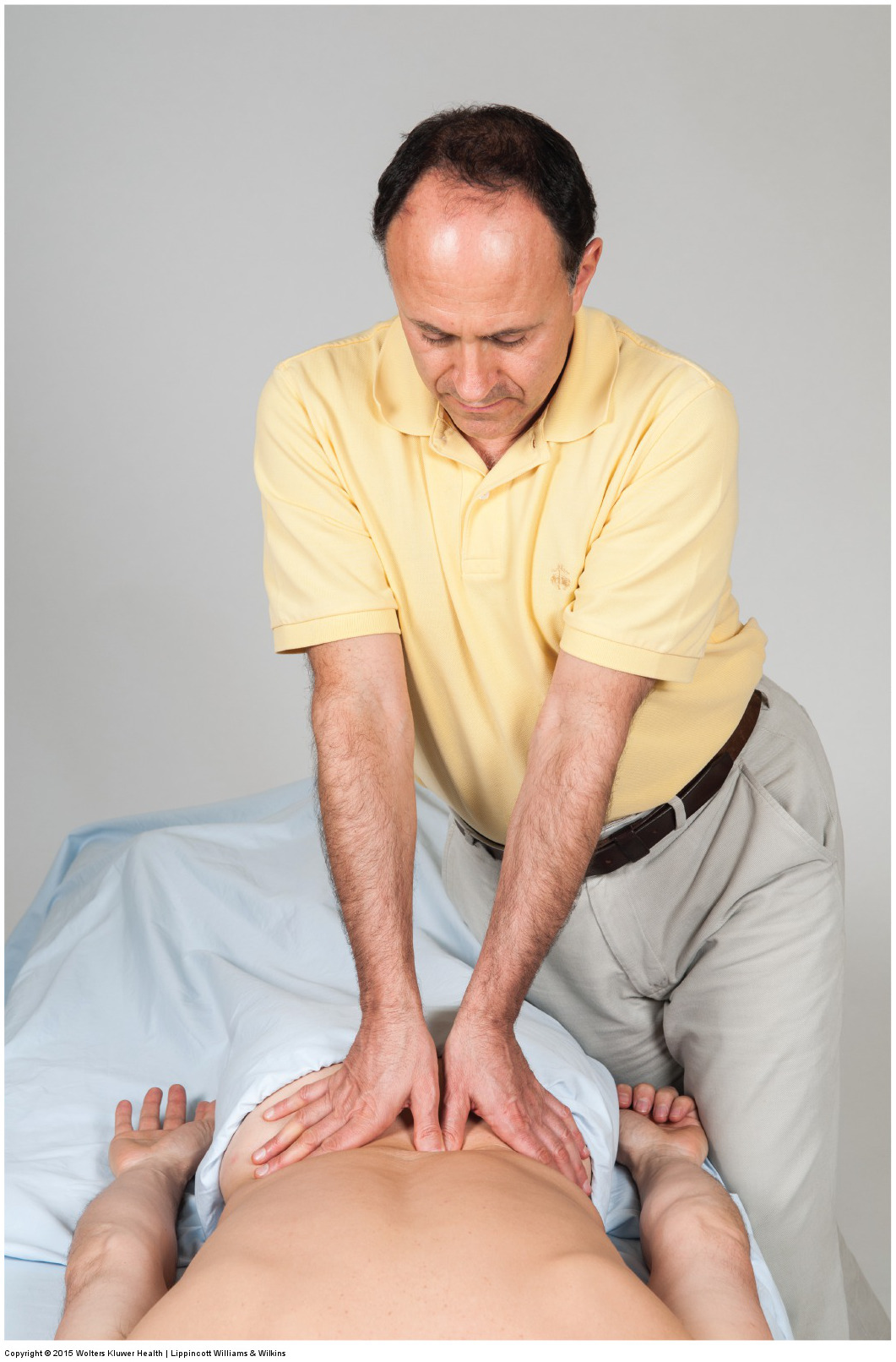When deep pressure is needed, it is important to be able to generate it with the least amount of effort and physical stress to your body. In essence, this blog post article is about learning how to employ proper body mechanics so that you work smart instead of working hard.
Deep Pressure Massage to the Low Back – Support Your Treatment Contact
Bracing the contact means that the two hands must work together instead of each contacting the client separately. Less area of the client’s body will be covered this way, but stronger and more efficient pressure will be created at the area that is being worked, which is more important when deep pressure is needed.
Neck Deep Pressure Massage: Step by Step – Engage the Tissues
Being able to feel tissue tension barrier is the one most crucial aspect for a clinical orthopedic manual therapist performing deep pressure massage. From a mechanical standpoint, it is only pressure beyond the tissue tension barrier that effects therapeutic change (this is not necessarily true neurally).
Neck Deep Pressure Massage: Step by Step – Deep Stroking Massage
When performing deep pressure massage, deep stroking massage must originate from your core by further rocking your pelvis and extending your spine forward. Short deep strokes to the neck between 1 and 2 inches (2-5 centimeters) in length allow you to preserve optimal body mechanics.
Neck Deep Pressure Massage: Step by Step – Apply Pressure Perpendicularly
When performing deep pressure massage into the neck, maximal pressure for minimal effort is achieved if the angle of your pressure into the client is perpendicular to the contour of the neck where you are working.
Neck Deep Pressure Massage: Step by Step – Use Your Core
For deep pressure massage to the neck, align your core with your stroke by laterally (externally) rotating your arm at the shoulder joint so that your elbow is positioned in front of your core. Now lock your elbow into your core just inside (and usually slight above) your anterior superior iliac spine.
Neck Deep Pressure Massage: Step by Step – Contacts
Even perfect body mechanics cannot eliminate all physical stress to your body when doing massage. Ideal body mechanics merely minimize the stress. For this reason, when doing massage, especially deep pressure massage, it is wise to alternate which treatment hand contact you use during a session.
Neck Deep Pressure Massage: Step by Step – Positioning
When performing deep pressure massage for the neck with the client supine, it is typical for the therapist to sit, centered at the head of the table. However, this does not allow for efficient body mechanics because it is difficult or impossible to position your core in line with the stroke.
Neck Deep Pressure Massage: Overview
The science of performing deep tissue work to the neck follows the laws of physics and, whenever possible, involves the use of body weight and the contraction of larger muscles instead of smaller ones. The art of performing deep tissue work lies in exactly how these guidelines are carried out and applied.
Neck Deep Pressure Massage: Using Bodyweight and Muscular Effort
We can take advantage of our body weight to generate deep pressure massage into the client’s tissues by simply leaning into the client. Pressure derived this way is effectively free because it takes no effort on our part. For this reason, it should be used whenever possible.
Introduction to Deep Pressure Massage Technique for the Neck
Force for deep pressure can be generated in two ways: externally or internally. The external generation of force comes from the force of gravity by using our body weight. The internal generation of force comes from the contraction of our muscles.
Deep Pressure Massage to the Low Back – Client and Therapist Positioning
A common body mechanics error is for the therapist to stand above the face cradle at the head end of the table. Standing here only distances you from the client, causing you to lean over the client to reach the low back; this compromises body mechanics and does not allow for the efficient use of body weight.
Deep Pressure Massage to the Low Back – Choosing the Right Table
Even more important than table width is table height. As a rule, when generating deep pressure, you want the table to be as low as possible so that you can more easily position your body above the client to take advantage of gravity and body weight.

